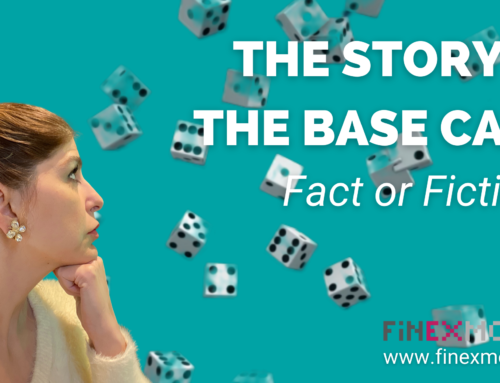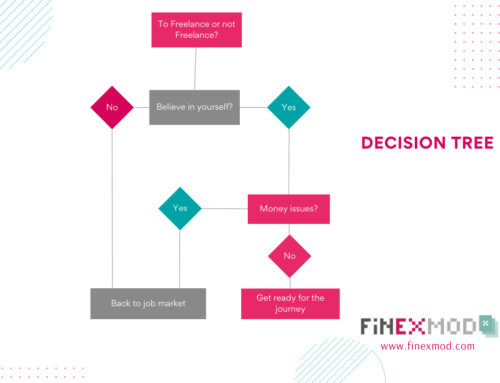I started building financial models when I was doing my PhD in Economics. So having an academic mindset, I was aware of the importance of knowing the source of inputs that I am using in the model.
In those early days, the approach I was taking was to dedicate a column in my “Input” sheets to comments and notes. I was putting the references where applicable in cells next to the input.
I tried putting the references and notes as comments. Later, I became even fancier by using input messages using data validation but then it was difficult to update these notes when working on new versions.
So I stopped the input messages and directly put the notes inside the cell next to the input. This worked fine for a while but there was a problem. When sending the model to different parties, I had to delete some of the internal comments and references, so at some point they were deleted from one version and no one bothered to bring them back.
I then added a sheet I called “Raw data” within the model where I used to dump all the references for example entractes project documents (sometimes in image form), emails etc.
This worked pretty well together with another sheet for keeping track of questions and answers (For an example of Q&A sheet, check here).
When someone was asking the question “ where did you get this data?” I would just go to the “Raw data” sheet to do a quick search (Ctrl+ F/Command F) for the keyword and also in the Q&A sheet to see if I had any discussion on that topic previously.
But it was not yet the structured method I liked. The raw data sheet was a mess and not presentable. I always tell my students that a financial model is like any other project document. I take them through a Word document with messed up formatting and ask them if they would dare to send such a document to someone they respected? If not, then why would they think it’s acceptable to send a horribly formatted financial model?
I recently started adding a sheet within my models dedicated to references and sources of data.
This sheet is organized into 5 columns: labels/constant/unit/reference/link. The first 3 columns are linked to my input sheet. In the reference I put where I got the data from.
- If it is from web, I put the web address
- If it is from a project document, I put the filename
- If it is an email, i put the sender name, email and date
- If it is an internal assumptions, I just say “Internal assumption”
This has been very helpful and helped me in different ways:
- It’s makes the model more transparent
- It helps with the review of the financial model and reduces the quantum of questions raised by the auditors on the sources of data used in your models.
- It helps you to be more careful with the sources of data that you are using and justify every input that goes into your model
- This is a well structured sheet that you can pull up during live meetings when needed without being embarrassed of the format.
Click to download my suggested template here.
Let me know how or if you are keeping track of your sources of inputs in your financial models.


